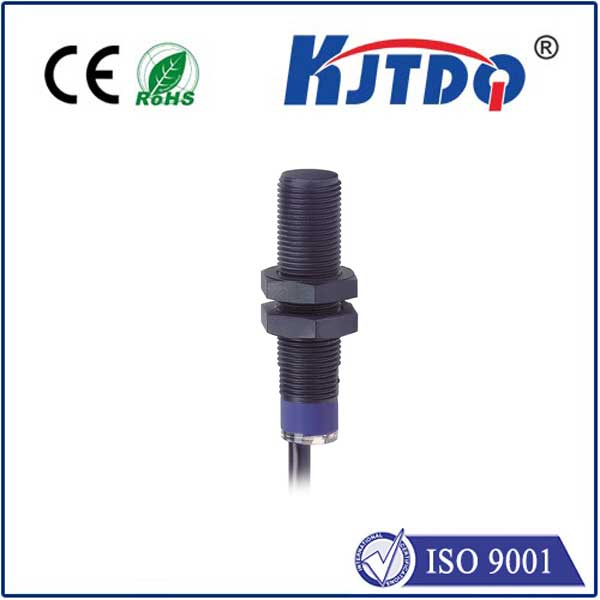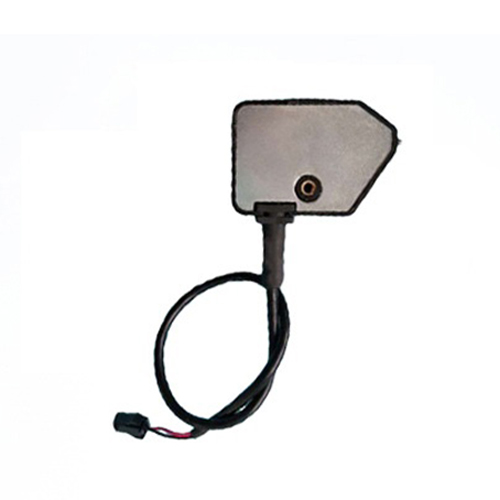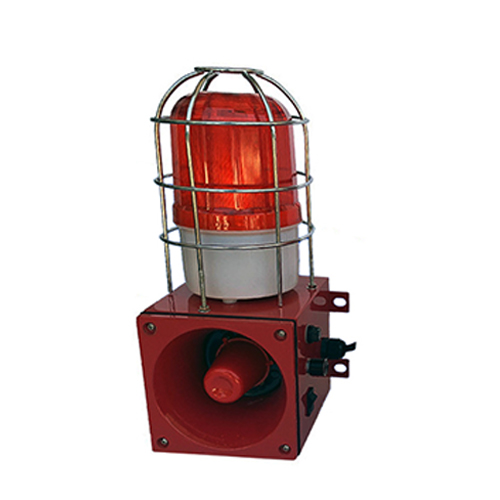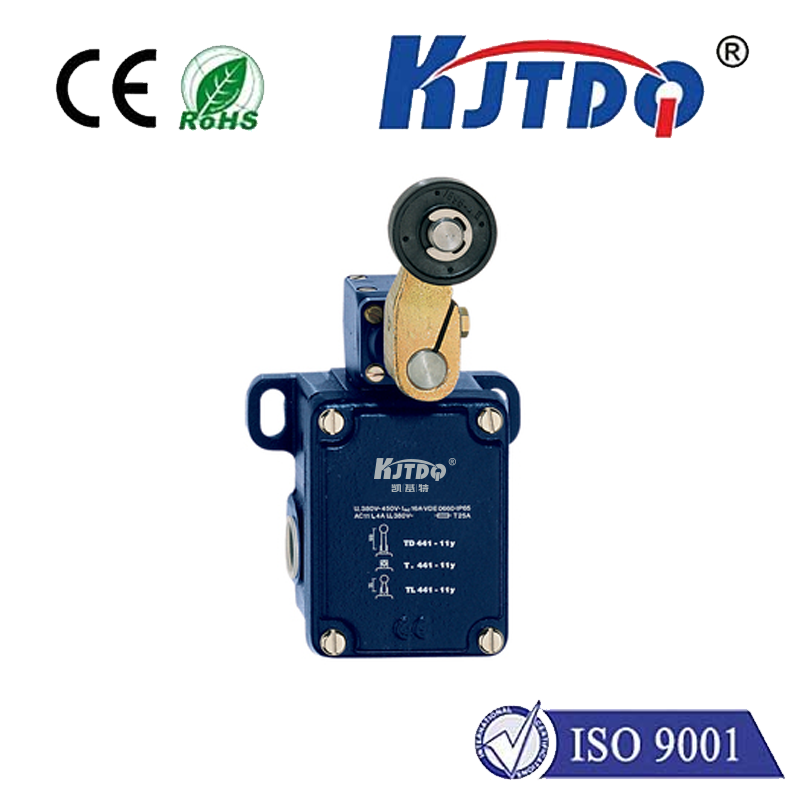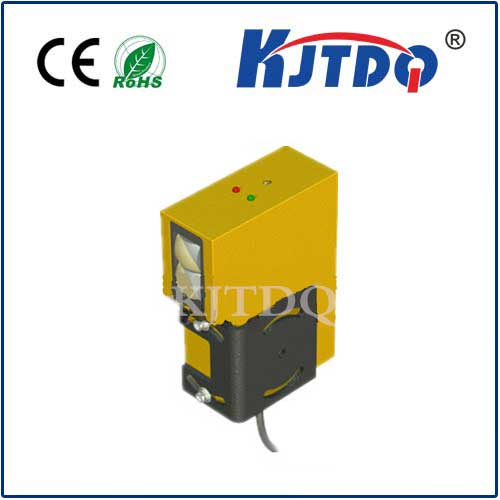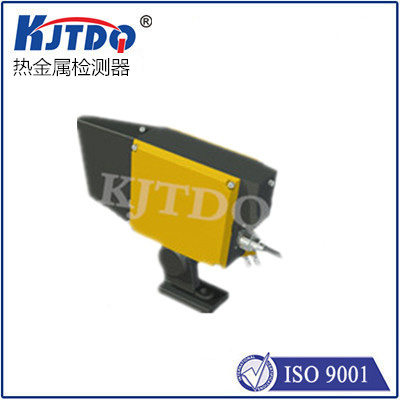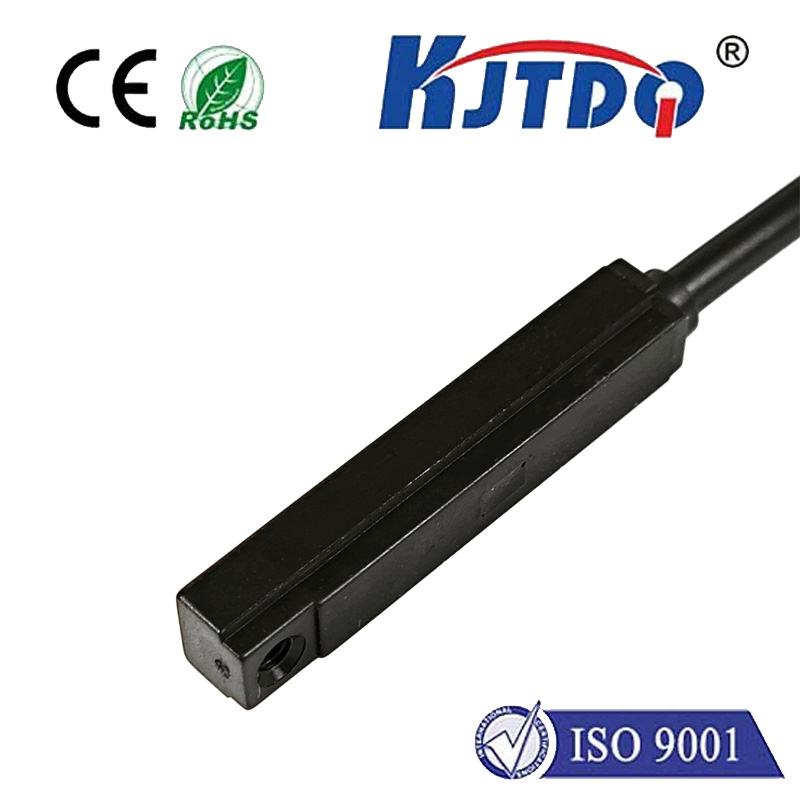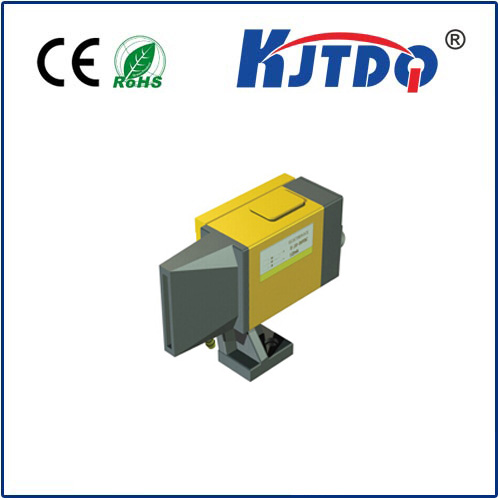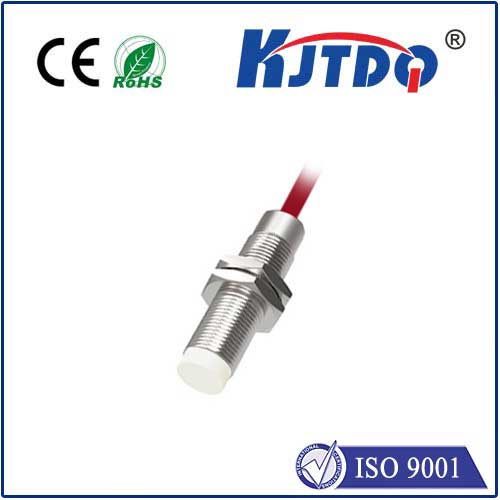safety rated limit switch
- time:2025-07-30 14:36:34
- Click:0
Safety Rated Limit Switches: The Critical Guardian of Machinery Protection
Imagine this: A massive robotic arm swings towards its workstation. A conveyor belt carrying heavy components accelerates. A press descends with immense force. Now, imagine a critical point where these motions must stop – instantly and reliably – to prevent catastrophic damage, injury, or even loss of life. This is the exact moment where a safety rated limit switch transitions from a simple component to an indispensable, life-saving guardian.
Understanding the “Safety Rated” Distinction
Not all limit switches are created equal. A standard limit switch is designed to detect the presence or absence of an object, typically for basic process control – starting cycles, counting items, or signaling position. While reliable for its intended purpose, it lacks the inherent design redundancy, rigorous testing, and diagnostic capabilities mandated for applications where human safety is paramount.
A safety rated limit switch, however, is engineered and certified to meet stringent international safety standards. This designation means the switch is built to:
- Fail-Safe: If an internal fault occurs (like a welded contact or broken spring), the switch is designed to default to the “safe state” – usually signaling the machine to stop.
- High Reliability: Constructed with robust materials and designed for longevity even in harsh industrial environments (dust, moisture, vibration, temperature extremes).
- Redundancy: Incorporates multiple independent contact elements operating in series or parallel. If one element fails, another ensures the safety function is maintained.
- Self-Monitoring & Diagnostics: Many advanced safety limit switches feature built-in diagnostics to detect internal faults (e.g., contact monitoring) and signal these issues via separate outputs, allowing for maintenance before a dangerous situation arises.
- Positive Operation: The actuator mechanism is designed so that external force (like the target hitting the roller lever) positively drives the contacts open or closed. Gravity or spring return alone isn’t sufficient for safety.
- Certified Performance: Tested and certified by independent bodies (like TÜV) to specific Safety Integrity Levels (SIL) per IEC 62061 or Performance Levels (PL) per ISO 13849-1. These ratings (e.g., SIL 2, SIL 3, PLe) quantify the switch’s ability to perform its safety function reliably.
Why “Safety Rated” is Non-Negotiable

Relying on a standard limit switch for personnel protection or critical machine safeguarding is a significant risk. Here’s why the safety rated designation is crucial:
- Preventing Catastrophic Failure: In safety functions (like gate interlocks, over-travel stops on cranes, or emergency stop monitoring), a single point of failure in a standard switch could lead directly to a hazardous situation. Safety switches are built to prevent this.
- Meeting Regulatory Compliance: Most industrial regions mandate the use of safety-rated components certified to recognized standards (like ISO 13849, IEC 62061, ANSI B11, CSA Z432) for safety-critical applications. Using non-certified components can lead to legal liability and failed inspections.
- Reducing Downtime & Cost: While a premium investment upfront, safety rated limit switches improve overall system reliability. Their robust construction and diagnostic capabilities lead to fewer false trips and unplanned downtime compared to standard switches failing unpredictably in critical roles. More importantly, they prevent the immense costs associated with accidents – medical, legal, production losses, and equipment damage.
- Enabling Higher Safety Levels: To achieve the necessary SIL or PL for a complex safety function (Safety Function), safety-rated components are essential building blocks. Their predictable failure rates and diagnostic coverage are factored into the overall safety system calculation.
Key Applications Demanding Safety Switches
Wherever machinery movement poses a risk to personnel or equipment, safety rated limit switches are typically mandated or highly recommended:
- Machine Guarding: Door and gate interlocks on robotic cells, presses, CNC machines, and automated assembly lines. Ensures dangerous motion stops before access is possible.
- Over-Travel Protection: Preventing cranes, elevators, gantries, and linear actuators from exceeding their safe mechanical limits.
- Position Verification: Confirming critical guards are fully closed, clamps are secured, or tools are retracted before a hazardous cycle begins.
- Emergency Stop Monitoring: While not usually the e-stop actuator itself, safety switches can monitor the state of e-stop circuits or associated safety devices.
- Material Handling: Safety stops on conveyors, palletizers, and automated guided vehicles (AGVs).
Selecting the Right Safety Partner
Choosing a safety rated limit switch involves more than just finding a rugged switch:
- Required Safety Level: Determine the SIL or PL required by your risk assessment for the specific safety function.
- Environmental Conditions: Select switches rated for the specific temperature, moisture, dust, chemicals, shock, and vibration present.
- Actuation Type: Choose the appropriate style (roller lever, plunger, whisker, rod, cable-pull) for reliable engagement with the target.
- Contact Configuration: Ensure the switching logic (Normally Open, Normally Closed, changeover) and contact ratings match the safety controller’s requirements. Positive-guided contacts are essential.
- Diagnostics: Consider if integrated diagnostics (like OSSD outputs - Output Signal Switching Device) are needed for easier monitoring and predictive maintenance.
- Certification: Verify the switch carries valid, up-to-date certifications (TÜV, UL, CSA, etc.) for the relevant standards (ISO 13849, IEC 60947-5-1 Annex K, IEC 62061) and the required SIL or PL.
- Mounting & Installation: Ensure robust and tamper-resistant mounting to maintain alignment and functionality.
Beyond Basic Function: The Value Proposition
Investing in safety rated limit switches goes far beyond ticking a compliance box. It embodies a commitment to:
- Protecting Personnel: Creating a demonstrably safer work environment.
- Safeguarding Assets: Preventing costly damage to machinery and products from uncontrolled movement.
- Ensuring Operational Continuity: Minimizing unplanned downtime caused by component failure or safety incidents.
- Mitigating Liability: Providing documented proof of using appropriate safety components in line with regulations.
The Uncompromising Choice
In the intricate dance of industrial automation, where precision meets power, the safety rated limit switch plays a silent but vital role. It’s the meticulously engineered component that stands vigilant at critical junctures. It’s the difference between a controlled process and an uncontrolled hazard; between routine operation and a devastating incident. When the integrity of the safety function matters, specifying and installing certified safety rated limit switches isn’t just best practice – it’s the fundamental, non-negotiable foundation of responsible machine design and operation. They are the engineered assurance that when something must stop, it will stop. Safely. Reliably. Every time.






